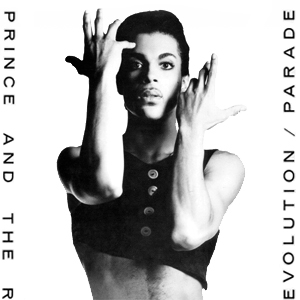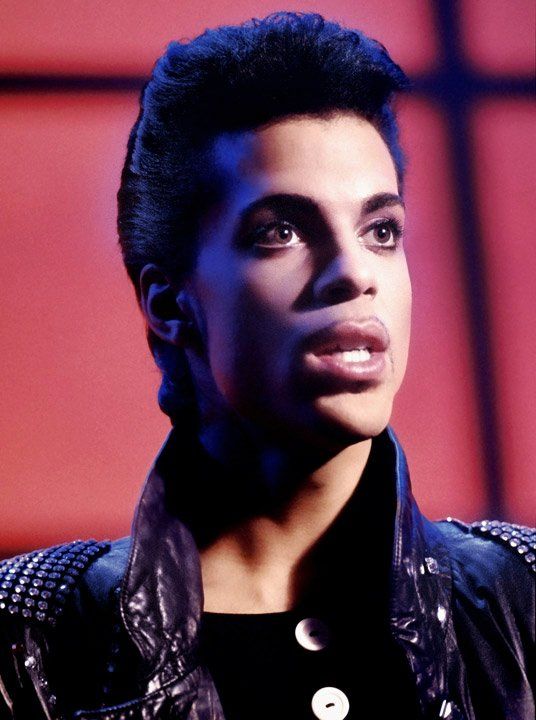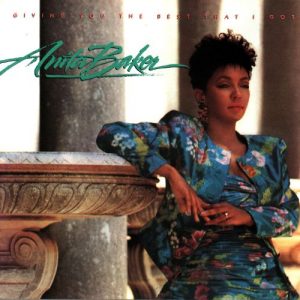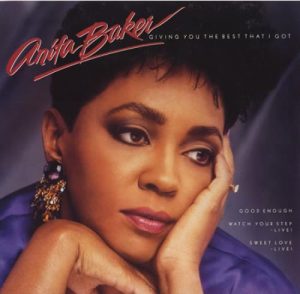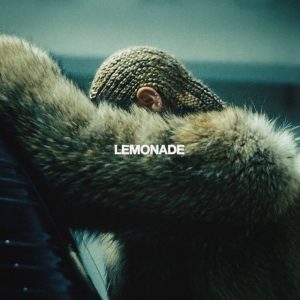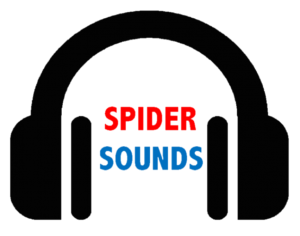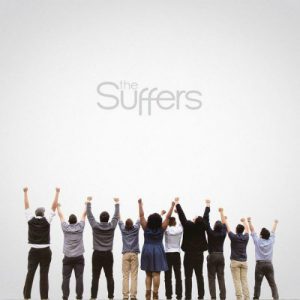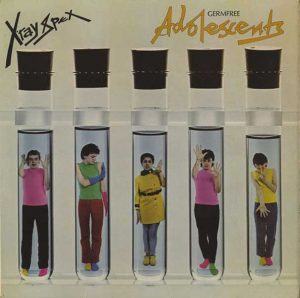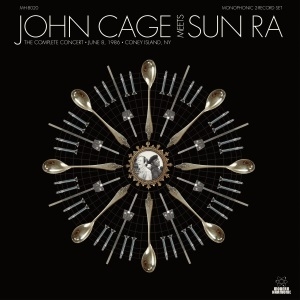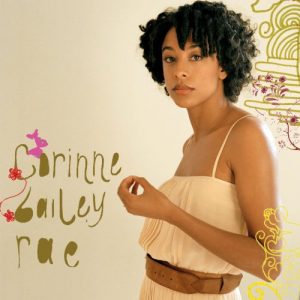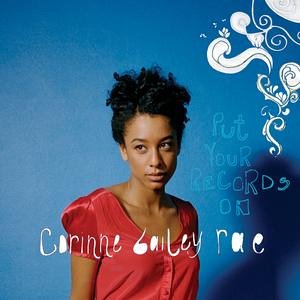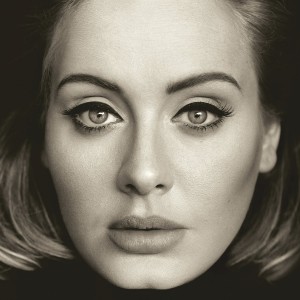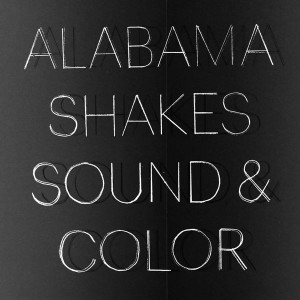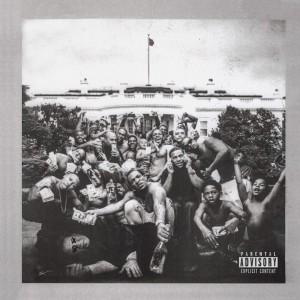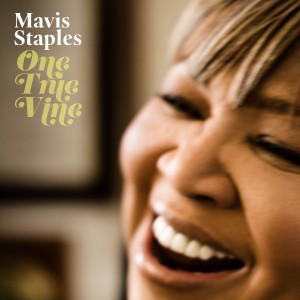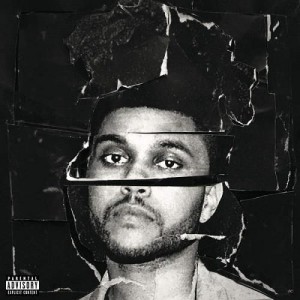Editor’s note: Arachnophonia is a regular feature on our blog where members of the UR community can share their thoughts about resources from the Parsons Music Library‘s collection.
All links included in these posts will take you to either the library catalog record for the item in question or to additional relevant information from around the web.
Today’s installment of Arachnophonia is by student worker Gabi (class of 2020) and features Ariana Grande’s fourth studio album Sweetener. Thanks, Gabi!
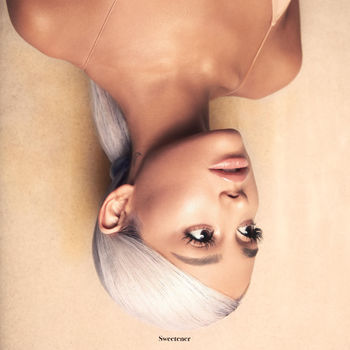
Right now, Ariana Grande is at the top of her game. She has been relevant in the pop genre for quite some time, from her early days as a Broadway and Nickelodeon actress, to now, but is currently transforming her career in what I would consider a glorious comeback.
In May 2017, the Manchester Arena suicide bombing took place at one of Ariana Grande’s concerts, and 22 people were killed. This led Ariana to suffer from severe anxiety, and even post traumatic stress disorder, putting a jolting halt to her career. She did not release new music until her mighty comeback single, “No Tears Left to Cry”, which was to be included on Sweetener, almost a year after the attack. It was an anthem of positivity in light of tragedy, which set the tone for the rest of her music that was to come shortly after.
In Sweetener, Ariana finally finds her own, unique sound. While her voice has always been recognizable as powerful, the songs on Sweetener go past her usual made-for-radio pop, providing a personal look into her growth, both as a person and as an artist. As trends in music have shifted, so has her style, going from experimenting with EDM on her previous album, Dangerous Woman, to using trap and hip-hop influences on Sweetener. Pharrell Williams‘s sophisticated and smooth production, combined with features from Missy Elliot and Nicki Minaj, show how hip-hop and trap have only enhanced Ariana’s music.
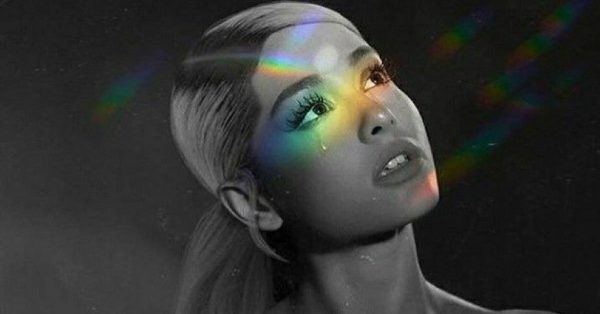
Ariana’s overall sound to me has matured, and may have even shifted her audience from younger girls to all people around her age, who are able to relate to what she’s saying. On Sweetener, she covers the ups and downs of romantic relationships, singing about love in her dreams on “R.E.M.” and a crush who she just can’t seem to ignore on “Goodnight and go.” On the other side of this, Ariana reminds us of mental health and self-care on the tracks “Breathin” and “Get Well Soon.” “Breathin” is about Ariana’s own experience with anxiety, and reminds listeners who are going through similar situations to keep breathing. Sometimes I listen to “Breathin” when I’m nervous, and it helps me keep calm. “Get Well Soon”, the closing track, is my personal favorite. Described by Ariana as a “musical hug” to her fans, it reminds listeners to take care of their bodies and encourages a discussion about mental health. She tells listeners that she will be there, even in their worst moments, and inspires them to “work their way to the top”.
There is a clear reason for Ariana’s seemingly overwhelming popularity today: her music has never been better.
When Sweetener came out, I woke up, made myself a coffee, and sat in my sunny backyard on a hot August morning to listen to it for the first time. The album made me feel warm and happy, and I don’t think it was just because of the weather. To me, this is a special album that I still listen to, especially when I’m feeling down, and will always remember. It holds a firm spot in my top albums of 2018.

